Ancient cave paintings tell a fascinating story of humanity’s earliest connections with animals, marking the beginning of what would become one of history’s most enduring relationships. The evolution of pets from wild animals to cherished family members represents a remarkable journey that spans thousands of years of human civilization. This transformation of pets from practical partners to emotional companions has fundamentally shaped both human society and animal behavior.
The Dawn of Domestication
The story begins roughly 40,000 years ago when early humans first encountered wolves around their settlements. These initial interactions were likely based on mutual benefit – wolves received food scraps while humans gained alert watchdogs. This relationship gradually evolved as humans began selectively breeding the friendlier wolves, eventually leading to the domestic dogs we know today. Archaeological evidence suggests that dogs were the first animals to be domesticated, predating the agricultural revolution by several thousand years.
The domestication process wasn’t limited to dogs alone. As human settlements grew and agriculture developed, cats found their way into human communities, initially drawn by the rodents that invaded grain storage. Their natural hunting instincts made them valuable allies in protecting food supplies, while their independent nature meant they required minimal human intervention. This practical partnership gradually evolved into something more profound, with cats becoming revered in ancient civilizations like Egypt.
The Middle Ages and Renaissance: Pets as Status Symbols
During the medieval period, pet keeping underwent a significant transformation. The nobility began keeping exotic animals as symbols of power and wealth. Monkeys, birds, and even big cats became fashionable accessories in European courts. This period marked a crucial shift in how humans viewed animals – no longer just as tools for survival but as markers of social status and objects of affection.
The Renaissance period brought another significant change in human-pet relationships. Paintings from this era frequently depicted dogs, cats, and birds in intimate family settings, suggesting their growing importance in domestic life. This artistic representation reflected a broader societal shift toward viewing pets as companions rather than merely functional additions to the household.
The Victorian Era: The Birth of Modern Pet Culture
The Victorian era marked a revolutionary period in the history of pet keeping. The rise of the middle class, combined with increasing urbanization, created the perfect conditions for the modern pet culture we know today. This period saw the establishment of the first veterinary practices dedicated to small animals, the creation of pet food companies, and the emergence of breed standards for dogs and cats.
During this time, the emotional bonds between humans and their pets became increasingly celebrated in literature and art. The concept of pets as family members began to take root, with people giving their animals names, creating special spaces for them in their homes, and even arranging elaborate funerals when they passed away. This era also saw the beginning of scientific studies into animal behavior and the emotional capabilities of pets.
The Modern Age: Pets as Family
Today’s pet-human relationship represents the culmination of thousands of years of evolution. Modern pets enjoy unprecedented status in human households, with many people considering them equal family members. The pet industry has exploded into a multi-billion dollar market, offering everything from premium organic foods to sophisticated medical treatments and luxury accessories.
Key Takeaways:
- Pet domestication began over 40,000 years ago with wolves
- The relationship evolved from practical partnerships to emotional bonds
- Victorian era marked the birth of modern pet culture
- Contemporary pets enjoy unprecedented status as family members
- Scientific research continues to reveal the depth of human-animal bonds
FAQ:
Q: When did humans first start keeping pets?
A: The first evidence of pet keeping dates back to around 40,000 years ago with the domestication of wolves into dogs. This marked the beginning of the human-pet relationship as we know it today.
Q: How has the role of pets changed in modern society?
A: Pets have evolved from being primarily utilitarian partners (hunting, pest control) to becoming emotional companions and family members, receiving healthcare, special diets, and social consideration comparable to humans.
Q: What impact has pet ownership had on human development?
A: Pet ownership has significantly influenced human social development, providing emotional support, teaching empathy, and contributing to both physical and mental health benefits for their human companions.

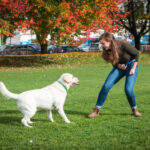





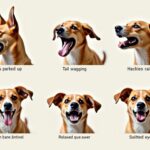
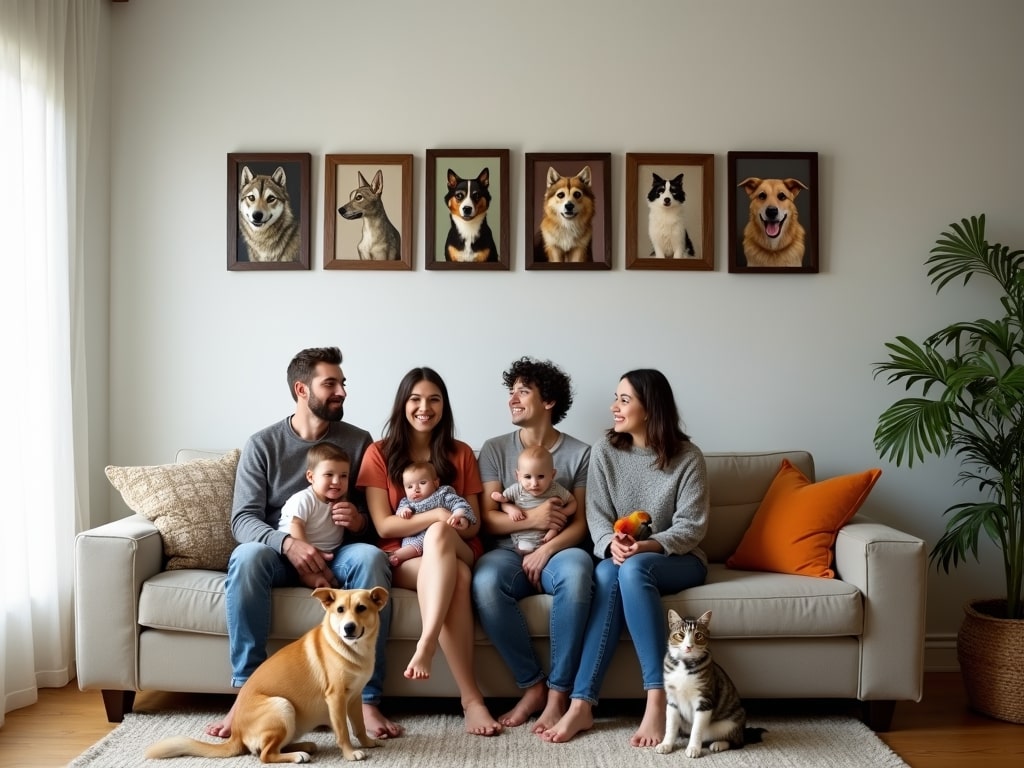
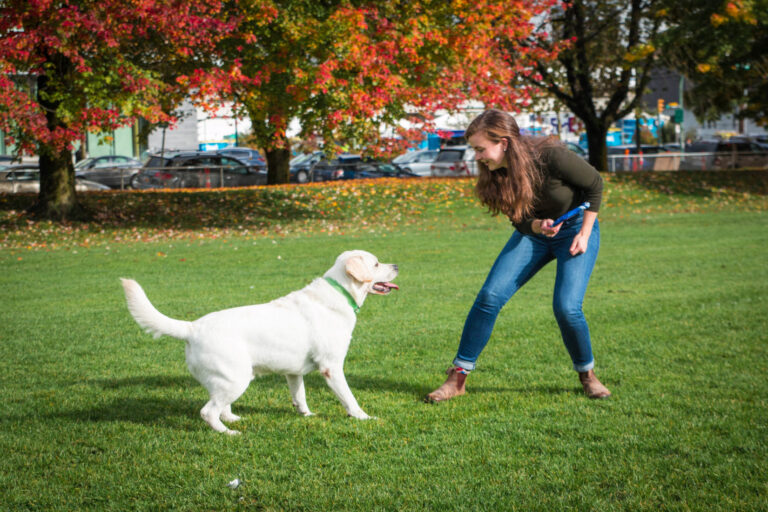
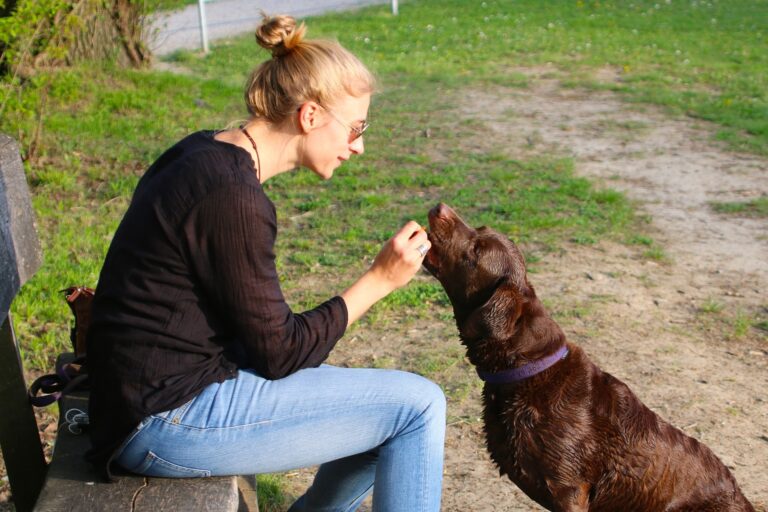
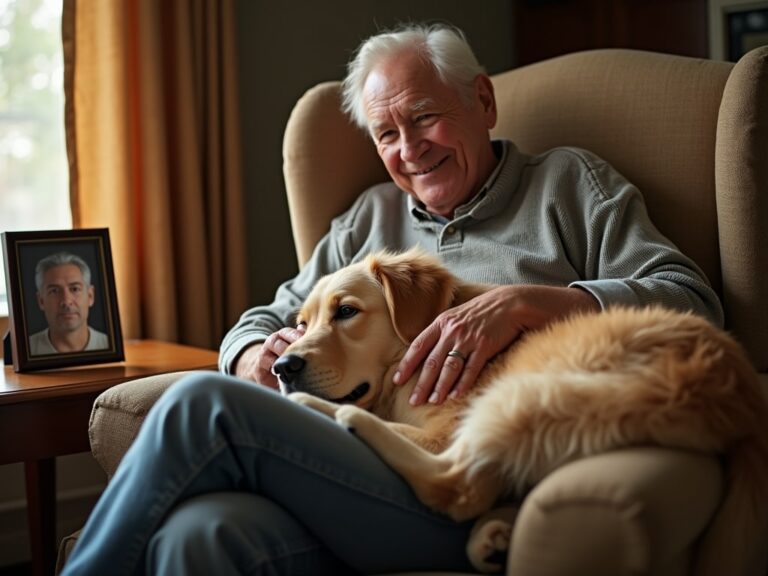

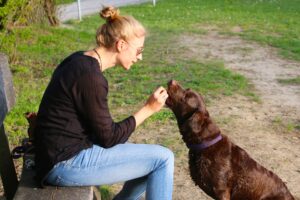
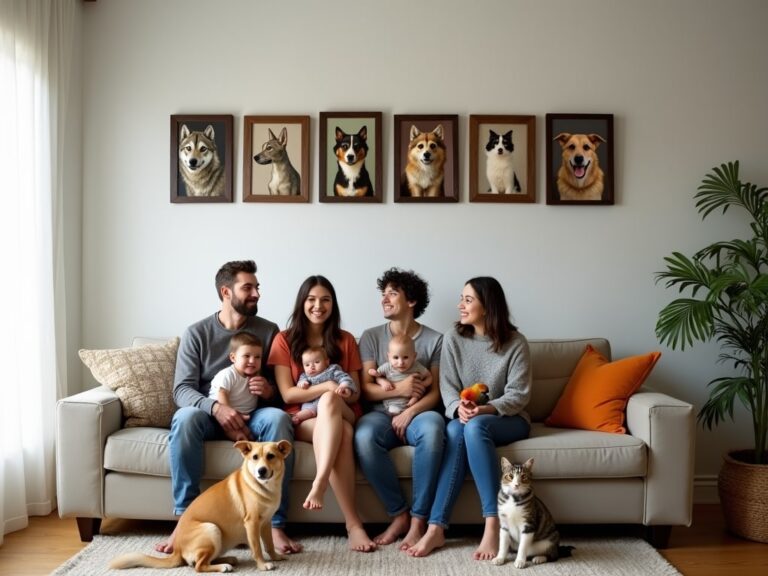
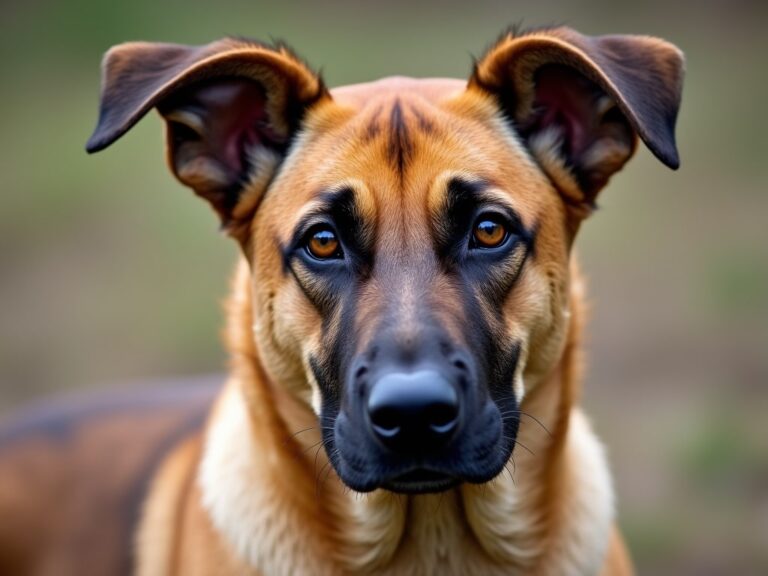
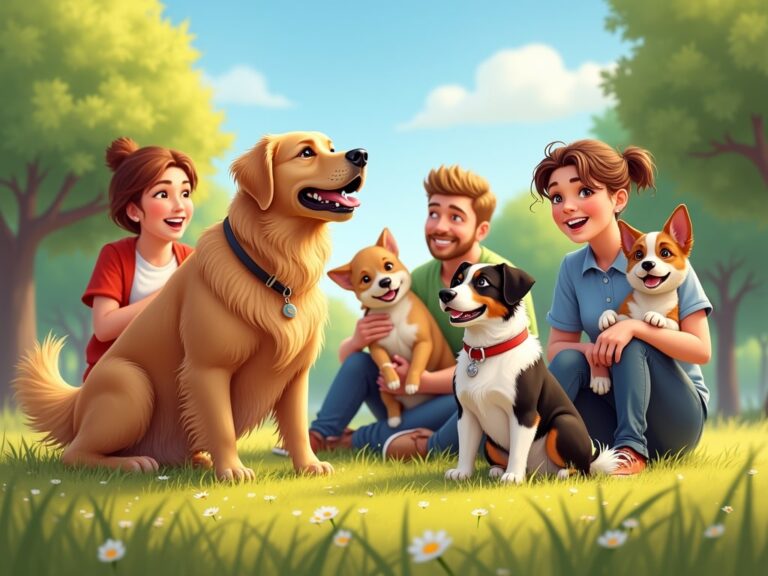
+ There are no comments
Add yours